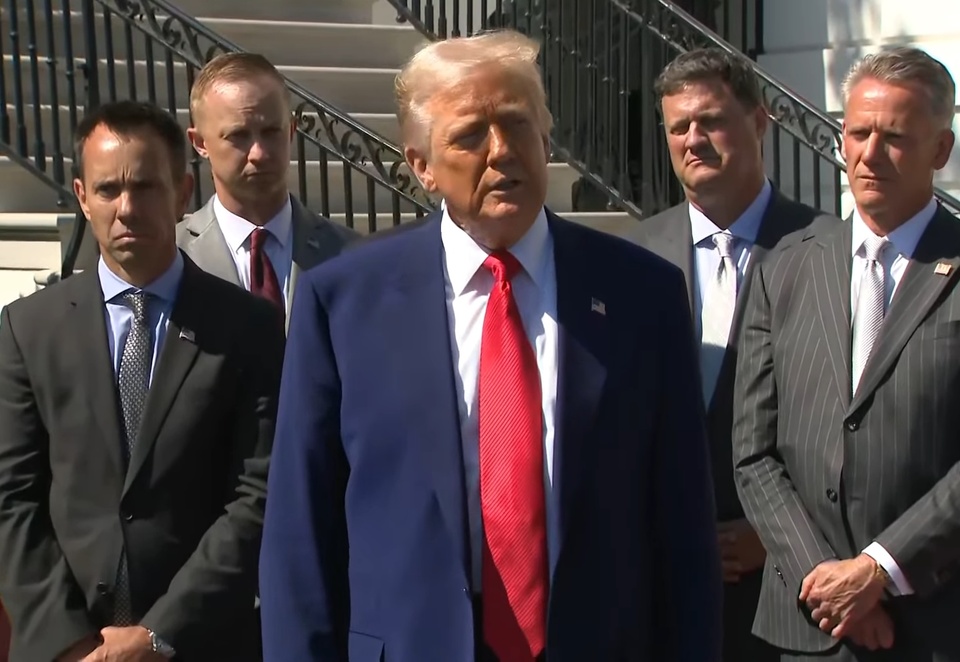 |
US President Donald Trump speaks at the White House on April 9 (local time). Photo: CBS19 . |
Speaking to reporters at the White House after the decision to postpone the imposition of reciprocal tariffs, US President Donald Trump continued to mention Apple. He emphasized the goal of bringing production back to the US, while Apple's strategy in the country of a billion people is "unsustainable".
“If you look at Apple, they’re spending $500 billion building factories. They wouldn’t do it if I didn’t do it. They’re going to continue to build them in China, and that’s not sustainable,” Trump said.
Despite investing in building Apple Intelligence servers in the US, many of Apple’s hardware products are still assembled overseas. According to MacRumors , Apple cannot bring its complex supply chain back to the US in the short term. Some of the reasons include costs and a lack of skilled workers in high-tech manufacturing.
Making iPhones in the US could result in a spike in prices, a goal that Dan Ives, an analyst at Wedbush Securities, said was “nothing short of a fiction.”
“Think about building a supply chain in the United States with a factory in West Virginia and New Jersey. Those iPhones would cost $3,500 ,” Ives told CNN , referring to high-tech manufacturing plants that typically make computer chips.
According to Bank of America (BoA), Apple could move iPhone production to the US. However, this would nearly double production costs, in addition to a series of logistical challenges. “If only labor costs are calculated, iPhone production costs could increase by 25%,” Bloomberg quoted BoA analysts.
Even if Apple hires enough workers domestically, a “significant portion” of iPhone components would still need to be assembled in China and imported to the U.S. Assuming Apple pays reciprocal tariffs on those items, total costs could rise by 90% or more.
Trump unexpectedly announced tariffs and reciprocal tariffs for the world on April 2. This move caused the stock market to plummet, with Apple shares alone falling nearly 20%. The red remained until April 9, when the US president announced a 90-day delay in reciprocal tariffs for dozens of countries. When the market closed, Apple shares were back at nearly $200 , up sharply from their opening price ( $172 ).
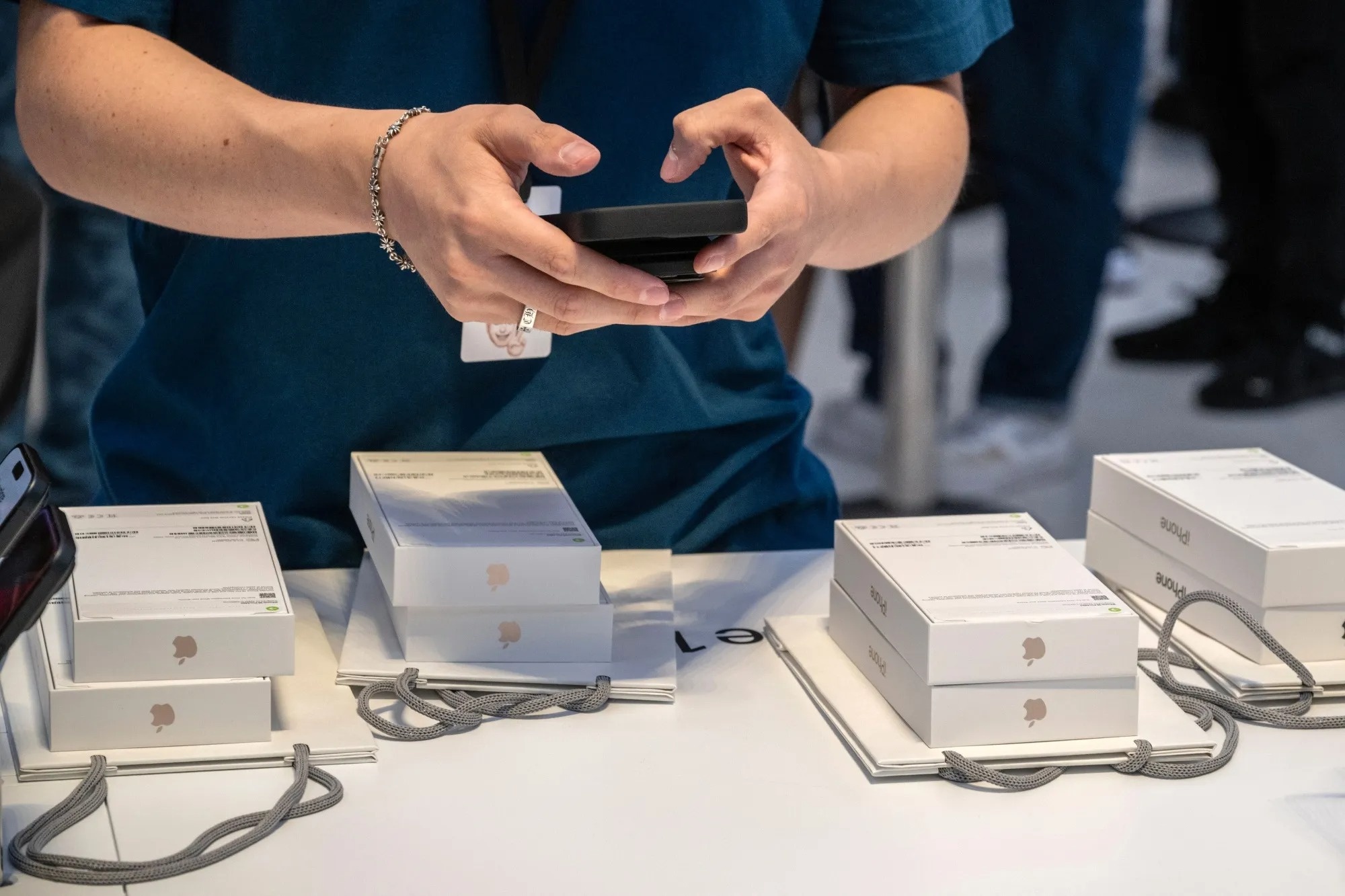 |
An iPhone salesman at an Apple store. Photo: Bloomberg . |
However, the reciprocal tariff suspension does not apply to goods imported from China. On the same day, Mr. Trump announced that he would increase tariffs on China to 125%, effective immediately. That means Apple will have to pay a 125% tax on all goods imported from China to the US. However, products imported from other regions such as India will only be subject to a 10% tax.
While maintaining his goal of bringing Apple’s supply chain to the US, Mr. Trump commented on the tax exemption for some companies. This could be a positive signal for many businesses, including Apple. “We’ll look at it over time… There are some companies that are a little bit harder hit, essentially, and we’ll look at that,” the US president said.
During Trump’s first term, Apple was successful in getting the government to exempt some of its devices from tariffs. But this time, Trump has not exempted any companies from the tariffs.
Source: https://znews.vn/ong-trump-chi-dich-danh-apple-post1544661.html




![[Photo] Prime Minister Pham Minh Chinh chairs a meeting on the implementation of the Lao Cai-Hanoi-Hai Phong railway project.](https://vphoto.vietnam.vn/thumb/1200x675/vietnam/resource/IMAGE/2025/5/20/0fa4c9864f63456ebc0eb504c09c7e26)



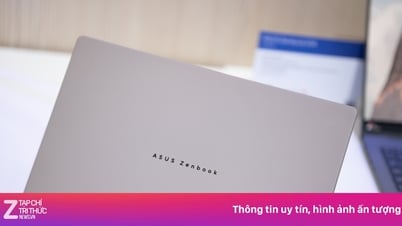
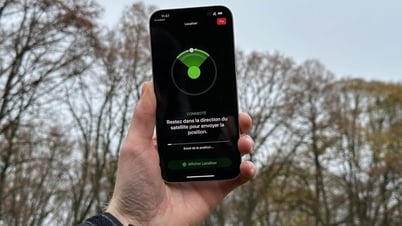

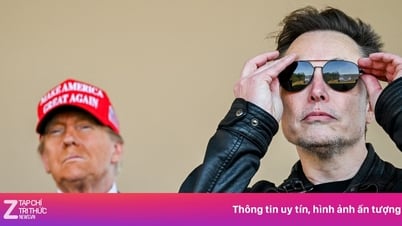





































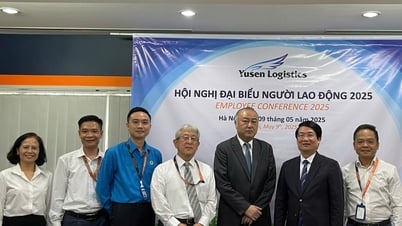


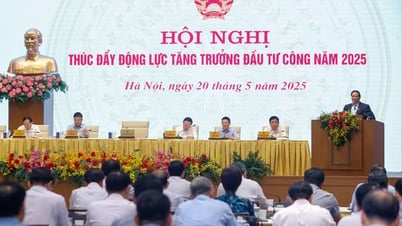




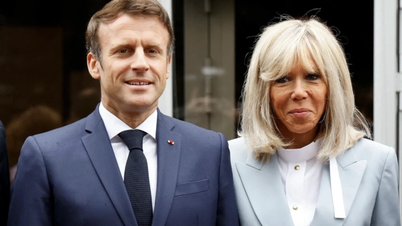
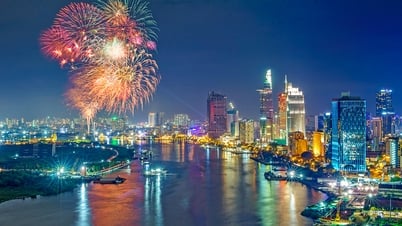
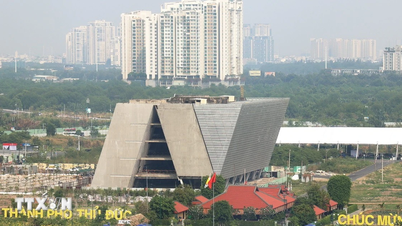


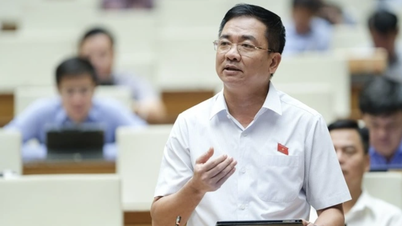
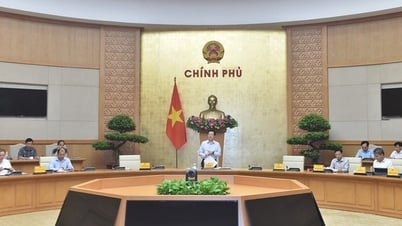

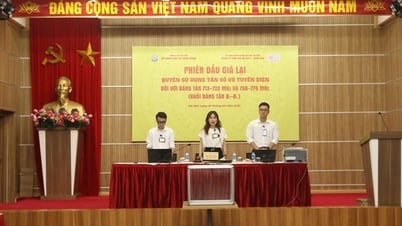

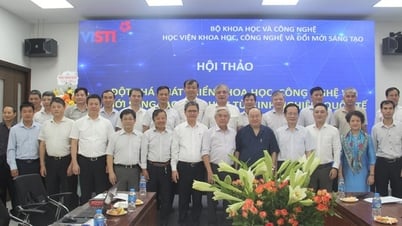
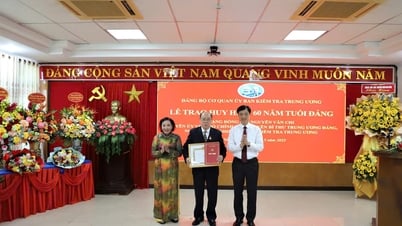


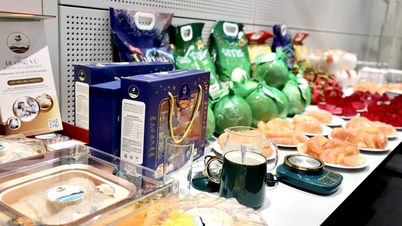

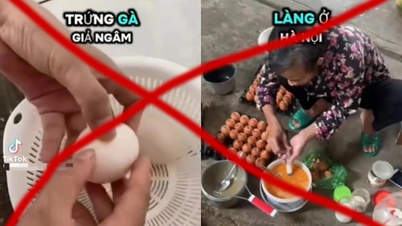


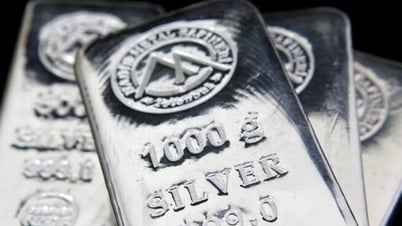

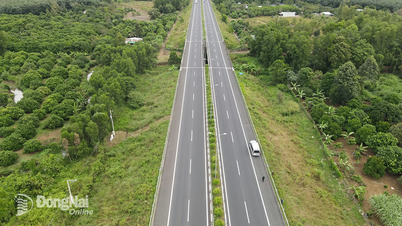

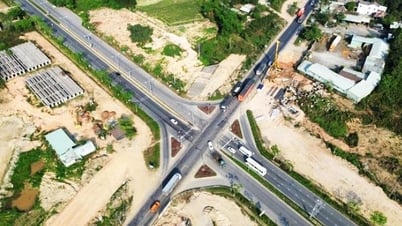













Comment (0)